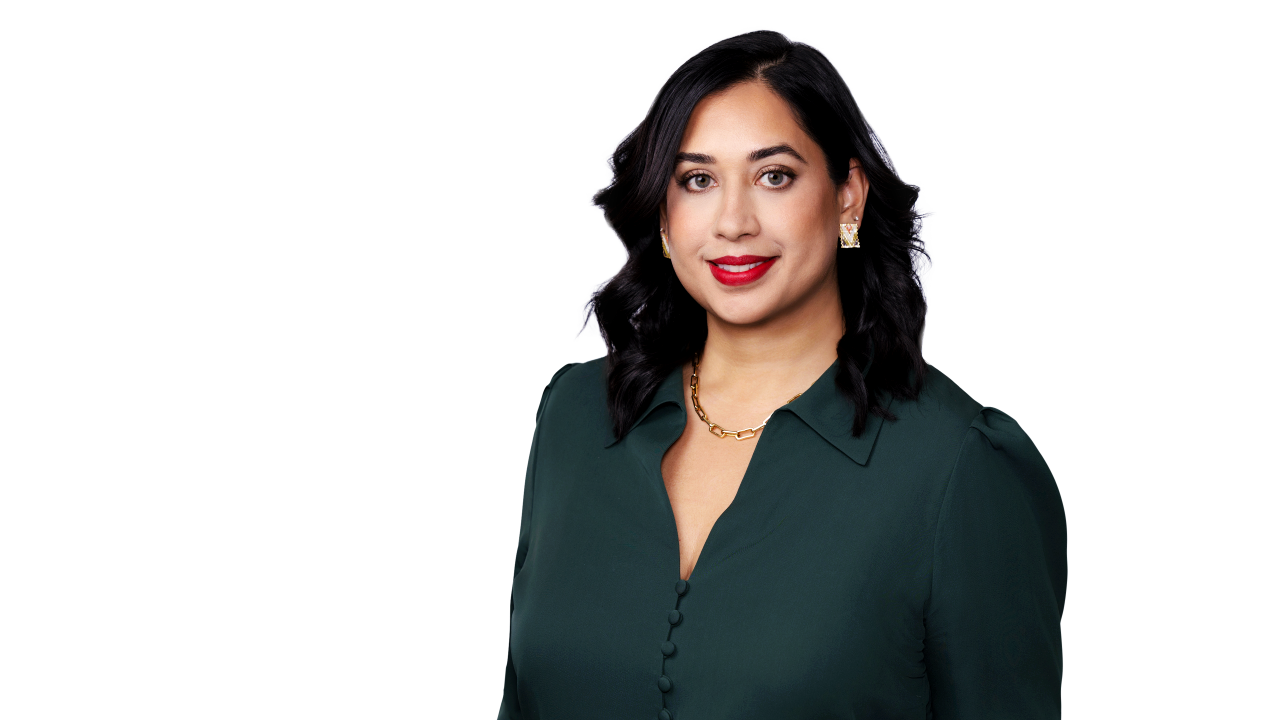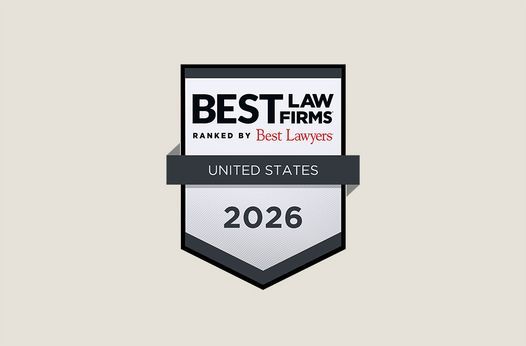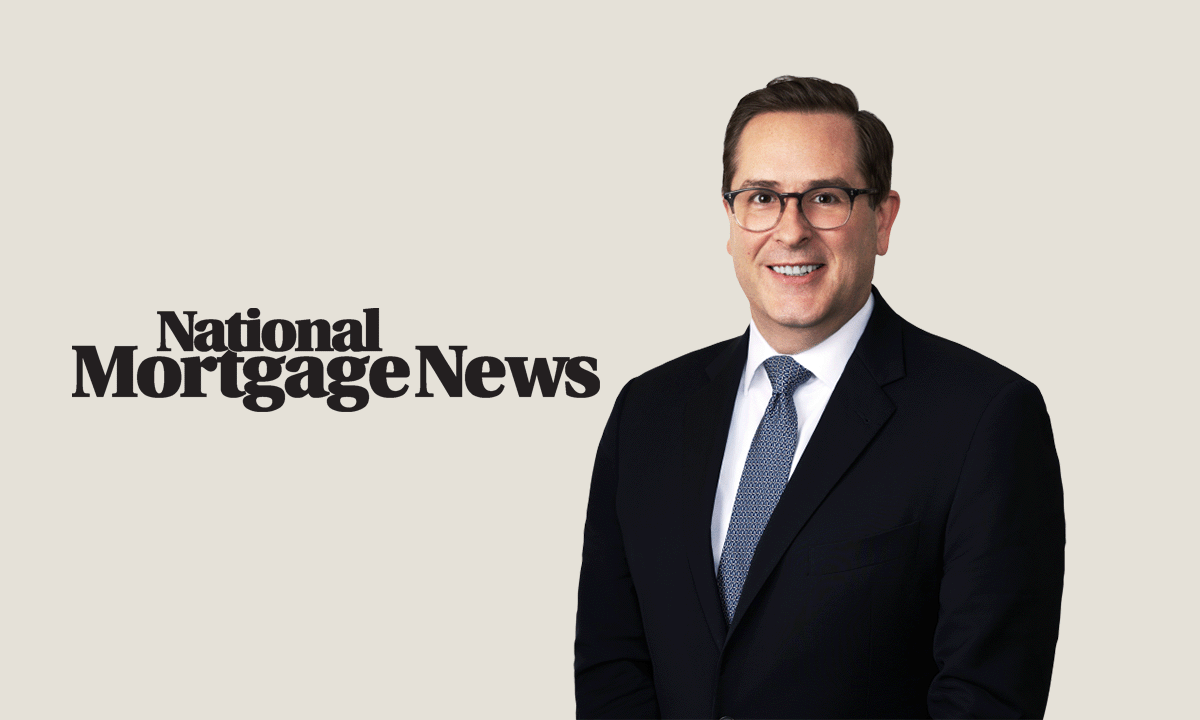Consumer Law Regulatory Insights: CFPB Contemplates Taking Action to Further Define "Abusive" Prong of UDAAP
Hinshaw Alert | 4 min read
Jun 27, 2019
On June 25, 2019, the Consumer Financial Protection Bureau (Bureau) hosted the first in a series of scheduled symposia, which explore the Dodd-Frank Act's prohibition on abusive acts or practices. Whether "abusive" requires further definition is an issue hotly debated in business, academic, and legal circles. The June 25 symposium consisted of two panels of UDAAP (unfair, deceptive, or abusive acts or practices) experts: the first, an academic panel, focused on the policy background of the "abusive term," while a second panel, consisting of attorneys and past and present agency directors, discussed how the term has been used in practice. Both panels provided varying perspectives on the definition of "abusive," and whether the Bureau should develop regulatory guidance or initiate a rulemaking to further define the term. Although courts have opined on the viability of an abusive claim at the pleading stage, uncertainty remains because those claims have almost always been coupled with unfair or deceptive claims, largely eliminating the need for courts to conduct a detailed analysis on the term "abusive."
What does "abusive" mean?
The academic panel robustly discussed the perceived meaning of "abusive" (especially as distinguishable from "unfair" or "deceptive") based on the language in the statue, as well as practical implications. The panelists offered the following varied perspectives:
- The language Congress assigned to describe "abusive" reflects that it focuses on the conduct of providers (business practices), while unfair and deceptive, focuses on the effect on consumers (harm).
- Unlike unfairness, abusive does not include a cost/benefit analysis.
- Congress intended for the abusive standard to protect consumers with trouble processing disclosures.
- Abusive is a codification of unjust enrichment.
- Three elements define an abusive practice: (1) the conduct is reasonably unsuitable for that consumer in that specific context; (2) the provider of the product has a particularized knowledge of the consumer that they could take advantage of; and (3) the consumer relied on the provider.
- Defining "abusive" in terms of the most vulnerable population is a bad policy; the focus should be on reasonable consumers.
Predictably, the panelists did not reach a consensus on the definition of "abusive." Their disagreement suggests that the drafting of any guidance or initiation of rulemaking will be time consuming and controversial.
Should the Bureau publicly issue parameters surrounding its interpretation of "abusive"?
The panelists also discussed whether the Bureau must take action to further define, or identify the scope of its use of the term "abusive." The discussion revealed three main schools of thought, the third of which appeared to be the most popular:
- Further definition is unnecessary and the scope of abusiveness should be set forth through enforcement actions and court interpretation;
- Rulemaking is necessary for businesses to comply with the statute; and
- Additional guidance as to the Bureau's interpretation of "abusive" would serve the interests of the Bureau, consumers, and industry well.
In support of the contention that the Bureau should take no action to further define "abusive," one expert suggested that further action by the Bureau would be "a solution in search of a problem." The Bureau has used the abusive prong 31 times over the course of its history, and only one time without coupling it with an unfair or deceptive claim, suggesting that the cases would proceed under other prongs even if "abusive" were further defined. Another expert offered that Congress neither required, nor permitted, the Bureau to further define "abusive" pursuant to the statute. Others commented that by not taking any action, the Bureau will maintain flexibility to define the parameters of the meaning of "abusive" as the industry continues to innovate. Those opposed to this approach noted that relying on court interpretation can take decades and that even if courts do opine, they often avoid providing a viable definition of "abusive." Courts rarely draw a meaningful distinction between deceptive, unfair, and abusive, which is critical in providing guidance to the Bureau staff, as well as the business community.
On the other end of the spectrum, a couple panelists maintained that a rulemaking is necessary. Initiating a rulemaking would clearly define the parameters of "abusive" much more quickly, unlike the decades it would take to wait for the courts. Moreover, it is always positive for enforcement agencies to put regulated industries on notice of what they care about, because the goal is compliance. Those opposed to rulemaking contended that the process has the potential to provide a definition that is far too narrow, rendering the term meaningless.
The majority of panelists appeared to convey that while rulemaking may be premature and unwise, additional guidance may be helpful. Discussion over the specifics or scope of any guidance did not occur. One example offered in support of the Bureau defining the parameters of "abusive" was that the Bureau often alleges a consumer's "lack of understanding"; however, support for this concept is vague, at best. Additional guidance would have the added benefit of assisting the Bureau in consistent enforcement, avoiding discriminatory actions against particular industries, and ensuring that enforcement attorneys do not use "abusive" as a catchall. The experts were in disagreement on the limiting principals to be applied in any guidance. Those opposed to a guidance noted the lack of necessity to further define "abusive," since courts have been able to interpret it using the statutory language; the potential inflexibility a guidance may impose on the Bureau to keep up with currently uncontemplated actions; and the prematurity of issuing a guidance right now (relying on the fact that the Federal Trade Commission took decades to create guidance on unfairness).
All agreed on one thing: These aren't easy questions and there is not consensus on most of them. Although it remains unclear whether the Bureau will continuing pursing the idea of a guidance or rulemaking on the abusive prong, at this juncture the exercise appeared academic.
Conclusion
As a practical matter, businesses must remain concerned with scrutinizing their products and service offerings with all the UDAAP prongs in mind. A close call requires judgment in making a determination about whether the Bureau, or the state attorneys general, will view a particular practice as abusive.
- Read our coverage of the Third CFPB Symposium: "Consumer Law Regulatory Insights: Third of CFPB Symposia Series Debates the Data Collection Rule of Section 1701 of the Dodd-Frank Act"
Related People
Related Capabilities
Featured Insights

Employment Law Observer
Dec 8, 2025
12 Days of California Labor and Employment: 2025 Year in Review

Press Release
Dec 4, 2025
Hinshaw Recognized by the Leadership Council for Legal Diversity as a 2025 Top Performer

Press Release
Nov 25, 2025
Hinshaw Legal Team Secures Summary Judgment in Gas Station Injury Case

Press Release
Nov 18, 2025
Hinshaw Releases the Third Edition of Duty to Defend: A Fifty-State Survey

In The News
Nov 13, 2025
A Profile on Neil Rollnick: After 57 Years in Practice, He Has No Plans to Retire

Press Release
Oct 22, 2025
Hinshaw & Culbertson LLP Launches New Website and Refreshed Brand







